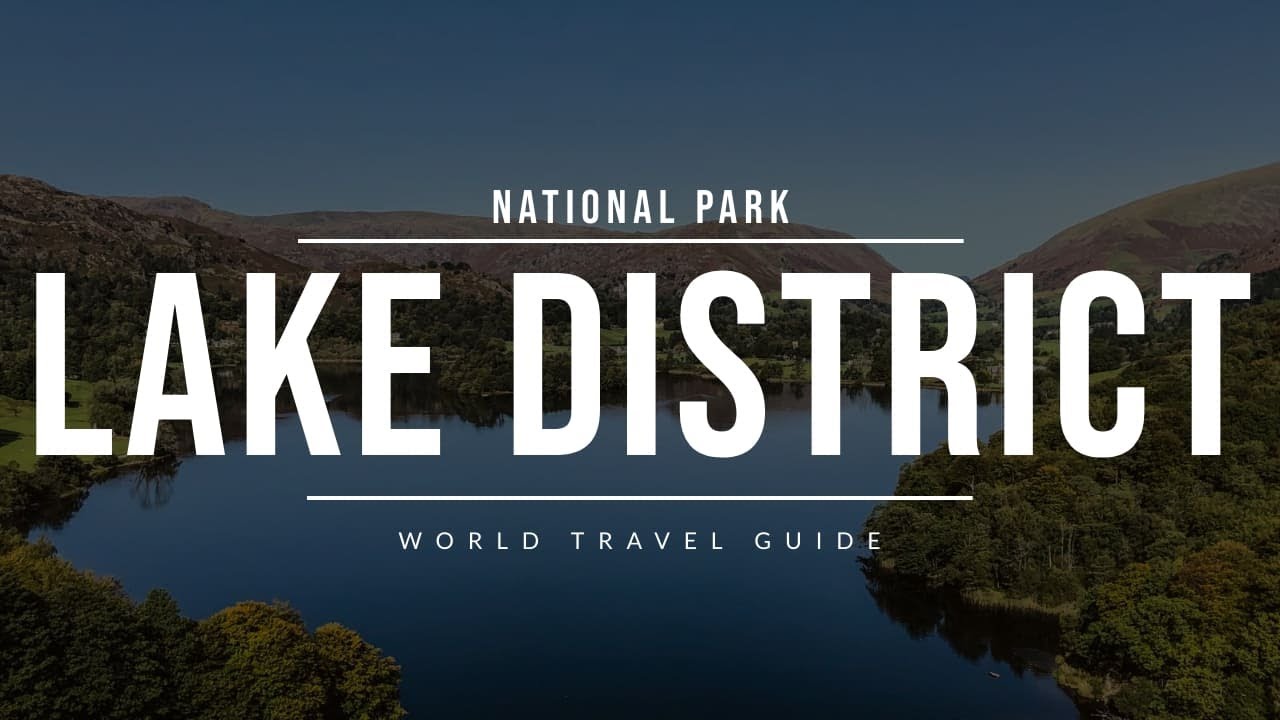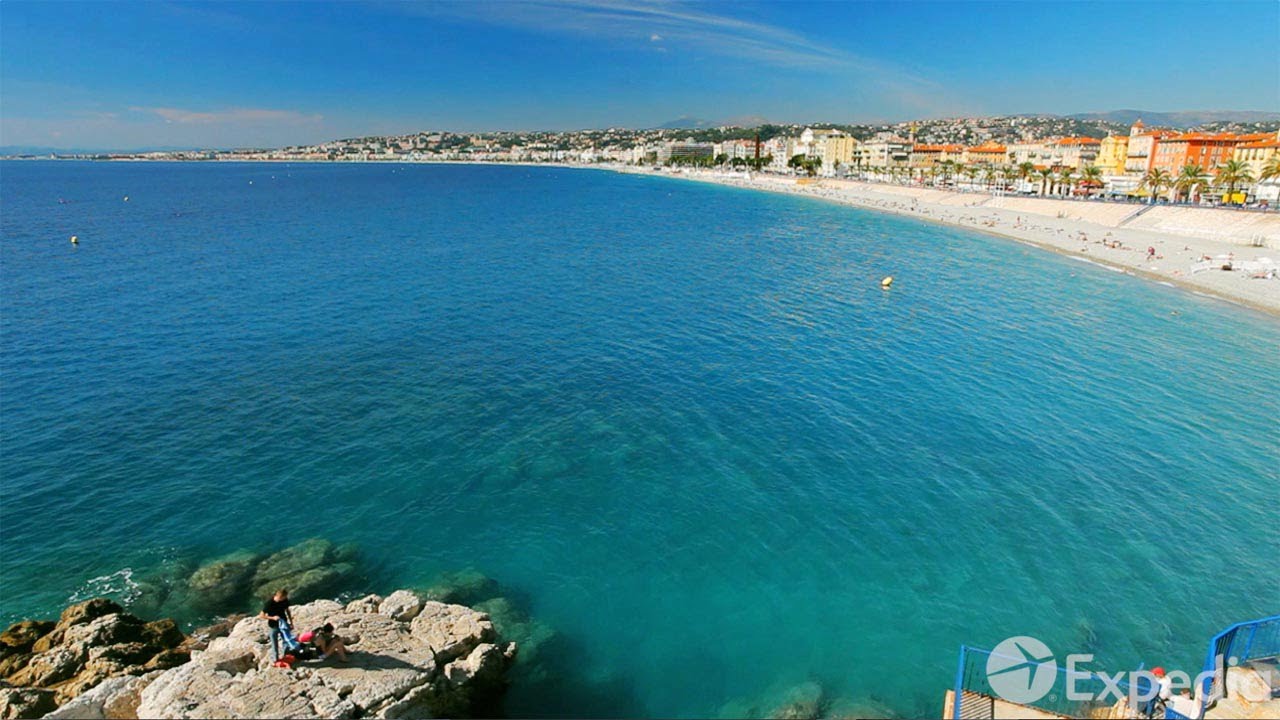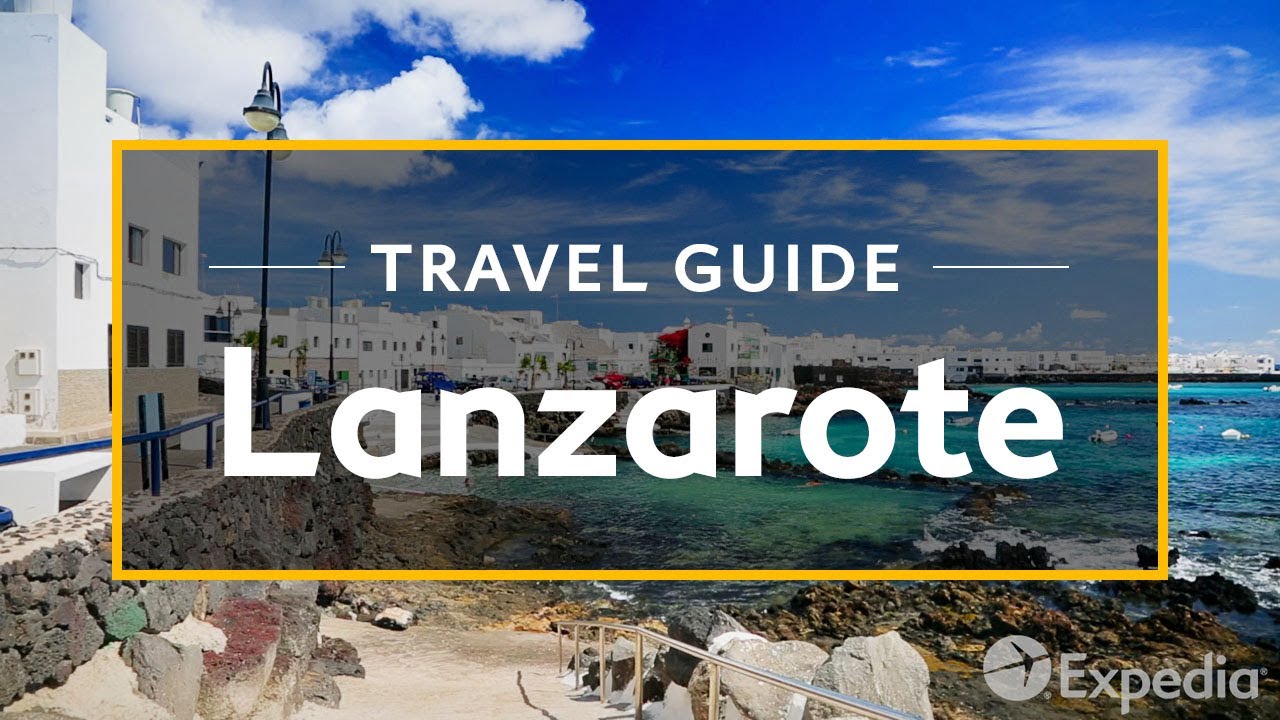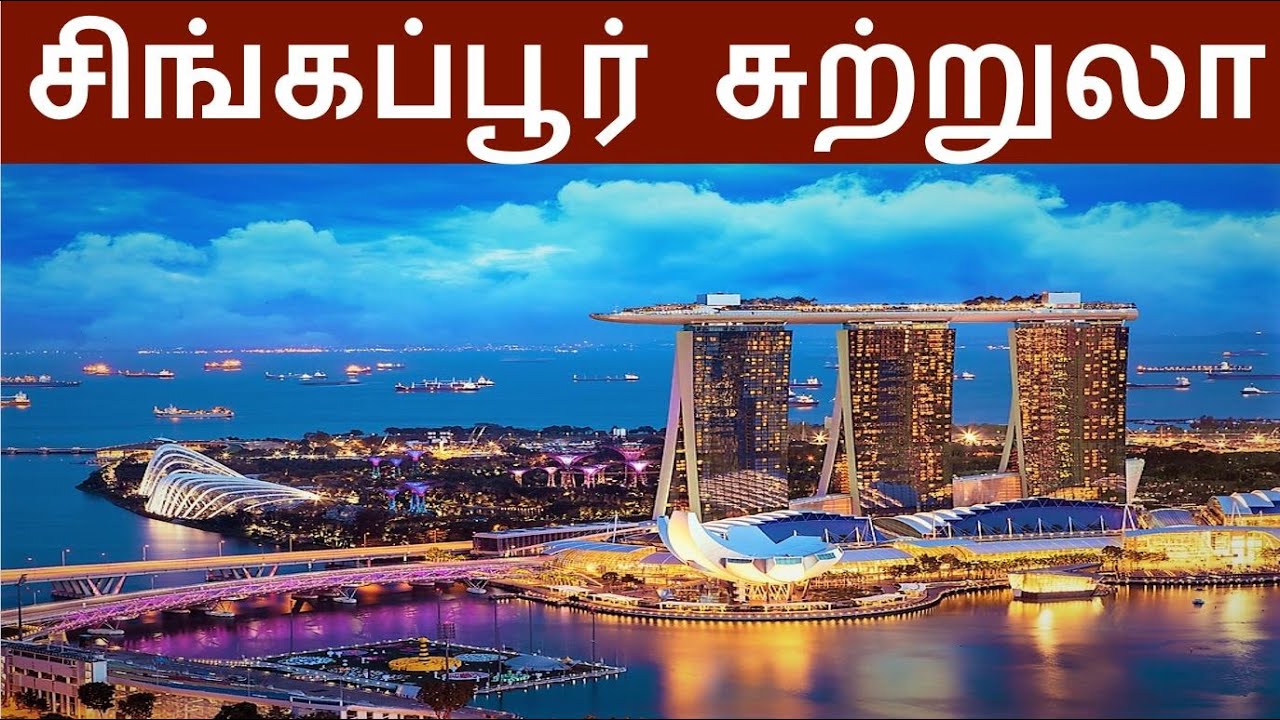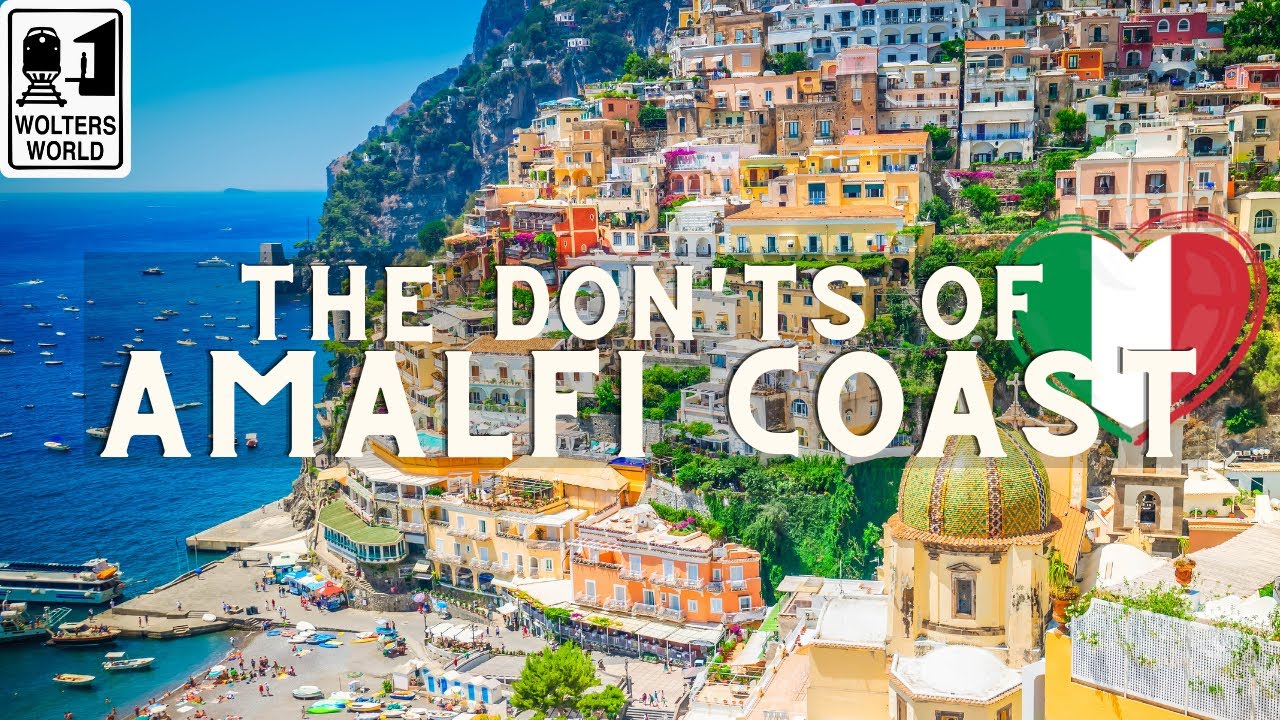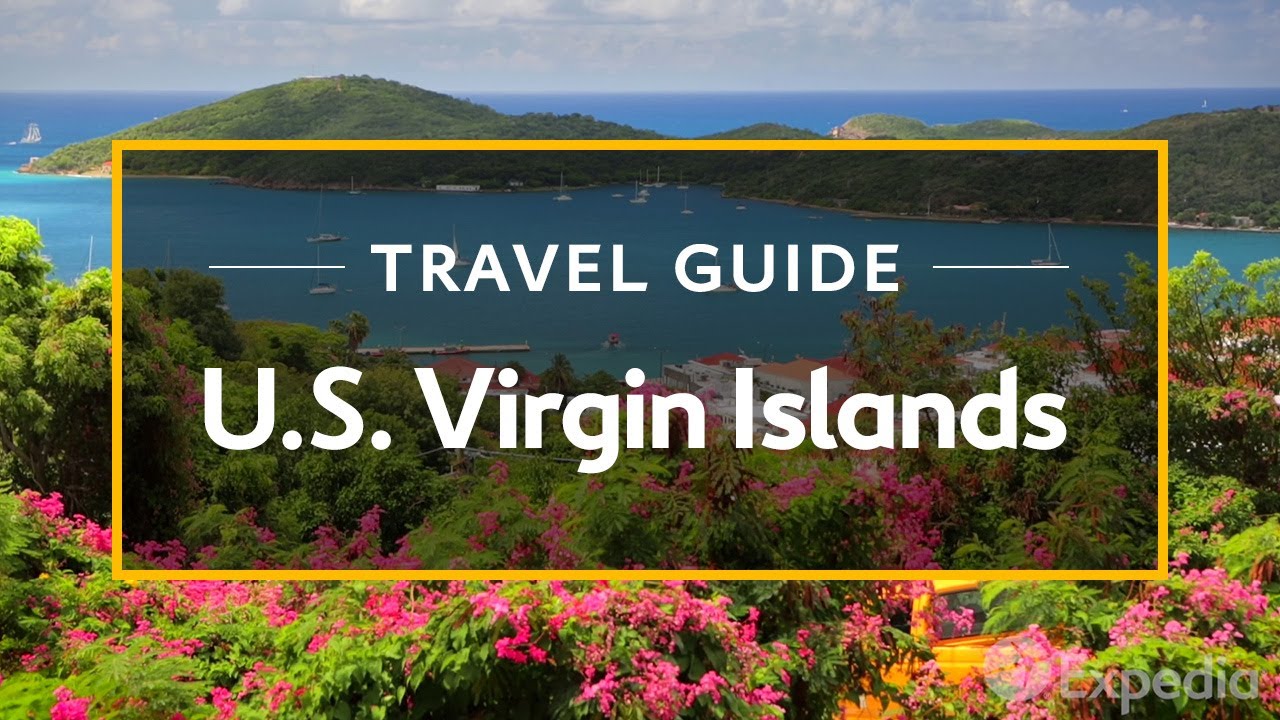Naples or Napoli is a significant travel destination in the Campania region of Italy.
Naples is a city that travelers frequently skip through. And that’s a shame! With its winding cobblestone streets, authentic pizza and true Italian taste, it is perhaps the most Italian city. You’re watching World Travel Guide! Now let’s learn more about Naples, the third largest city in Italy.
Naples, also known as Napoli, is Italy’s third largest city after Rome and Milan, with over 950 000 residents. It serves as the regional capital of Campania. The city is located on Southern Italy’s western coast, along the Gulf of Naples. It is situated between
Mount Vesuvius and the Campi Flegrei, two prominent volcanoes. The city is one of the most popular tourist sites in Italy, with 4 million annual visitors. Its historic city center is the largest in Europe and has been named a UNESCO World Heritage Site.
Around the 8th Century BC a city by the name of Cumae was established, becoming the first Greek settlement on Italian territory. Cumae, which was given the new name Neapolis, or “New City”, as it expanded, became one of Ancient Greece’s most powerful colonies and a significant center
Of culture. The city maintained its Hellenistic culture even after it was conquered by the Romans, who used it as a resort. One of the most catastrophic volcanic eruptions occurred in 79 A.D, when the city of Pompeii was completely devastated by Mount Vesuvius. During the Middle Ages, Naples
Was controlled by many empires. French rule had lasted almost 200 years, when it was time for the Spanish Empire to take over. With a population of about 300 000, Naples flourished as a result of Spain’s enormous colonial wealth, growing to become the greatest city in Europe and a haven for
Baroque art and architecture. Naples continued to grow, despite being decimated by the plague in 1656, and experienced troubles as a result of an economic downturn. Sicily, Naples and the rest of southern Italy all gained independence and prosperity starting in 1734. The Kingdom of the Two
Sicilies experienced uprisings and a restoration to monarchy during the 1800s, but when Italy was united in 1860, the people of Naples chose to become a part of it. Naples was the first Italian city to rebel against Nazi military occupation during World War II, and it was eventually freed of
The German forces. Naples experienced issues with high unemployment and organized crime throughout the 20th century, and a significant earthquake in 1980 added to the destruction. The city, however, has entirely recovered in recent decades and is now a bustling center of history and culture.
Naples is the Italian food capital. Pizza and Naples are two words that naturally go together. This city is where pizza was first invented, and it’s from here that the pizzeria phenomenon took off, often thanks to Italian immigrants. Pizza in all of its varieties is a Neapolitan speciality. From the classic Pizza Margherita with
Mozzarella and tomato, to the delicious fried pizza. There are traditional and modern pizzerias in every neighborhood of Naples, especially in the historic center. Naples’ largest square is the Piazza del Plebiscito. The Royal Palace is on one side of this semi-circular plaza, and the church San Francesco di Paolo, which was constructed in
The style of the Pantheon in Rome, is on the other side. Due to the significant growth in vehicles in the city during the years of the economic boom, the area was transformed into a sizable public parking lot in 1963. But in 1994, the municipal authorities made the decision to
Make the square completely pedestrian friendly. One of Naples’ oldest castles is Castel dell’Ovo. It is located on a small island on the seafront and is a fort with Norman origins. You may get there on foot by taking a pleasant stroll, and as you ascend its terraces, you’ll
Have a spectacular perspective of the Gulf of Naples. You can also explore the interior which features vaulted Gothic halls, two towers called Normandia and Maestra, the ruins of the Church of San Salvatore, and the prison of Queen Joanna, which all have to be booked in advance.
If you are a devoted shopper, you should visit this popular site for its architecture and beauty. Galleria Umberto, which was constructed between 1887 and 1891, was given that name in honor of Umberto I, the Italian king. The towering structure has four wings with iron and glass
Vaulting and was created as a public area for businesses and cafes. These come together in the center beneath a glass dome. The galleria in Naples is still a bustling destination with stores, eateries and cafes, despite the fact that it is no longer the center of the
City’s cafe society. Paintings and sculptures are used to decorate the interior. Stadio Diego Armando Maradona is a must-see, if you want to experience the city’s enthusiasm for football. The 60 000 seat stadium is the home of SSC Napoli. It was given that name in honor of the
Legendary Diego Maradona, who won two Italian championships with the team. The ideal time to see the stadium is undoubtedly on a match day, when the home fans create an exciting and unique atmosphere, as there are no scheduled tours of the facility. Tickets may be purchased
Online, at the stadium, or through a number of authorized vendors located across the city. The five-towered Castel Nuovo served as the home of Naples’ monarchs and viceroys. Its history depicts the numerous monarchs, each of whom added and renovated to fit the times.
Charles I erected it in 1279, and Alfonso I of Aragon expanded it. Parts of it are utilized for events and expositions, although the Armoury Hall and Southern Courtyard are normally available to the public. The Gothic church of Santa Barbara stands in the courtyard.
Mount Vesuvius is a major tourist attraction, situated around 9 kilometers east of Naples. It stands roughly 1300 meters tall and is one of only two active volcanoes in continental Europe. Travelers from all over the world ascend the route to its top every year, to see down
Into its depths. It is an easy stretch that can be completed by anyone and does not require previous hiking experience. The route is approximately 4 kilometers long, up and back, with an average slope of 15% and a change in elevation of roughly 150 meters. 25 kilometers south
Of Naples, you can visit the famous Pompeii archaeological site. Mount Vesuvius erupted in the year 79. Rocks, ash and dust were launched more than 15 kilometers into the air by the explosion’s ferocity, which also completely destroyed the mountain’s top. For almost a whole day,
Ash and rocks rained onto Pompeii. The majority of citizens left the city, but 2 000 people died. There were millions of tons of volcanic ash covering the city. Today, Pompeii is a UNESCO World Heritage Site and a popular tourist destination, receiving more than 3 million visitors a year.
If you loved this video, hit the like button and subscribe! You can also check out other travel related videos and playlists on this channel.


